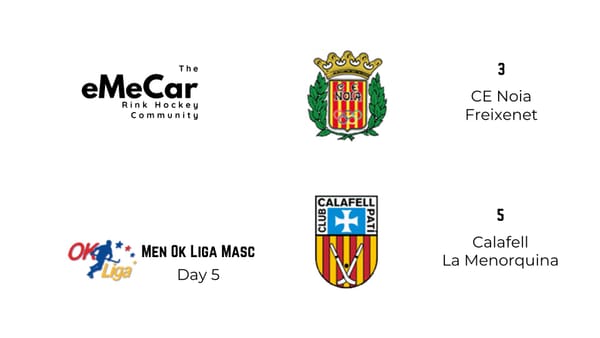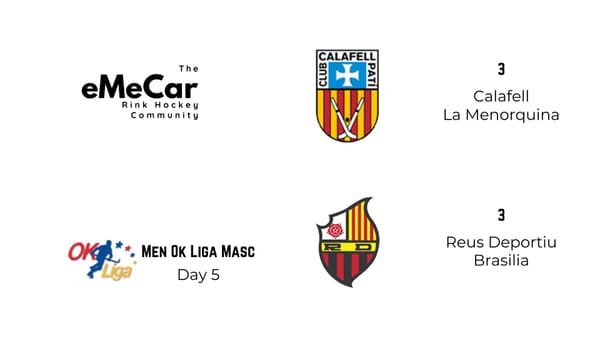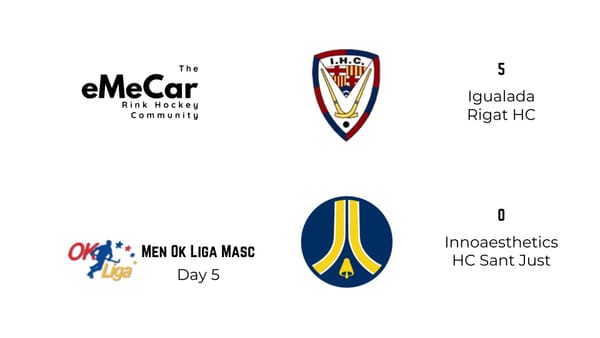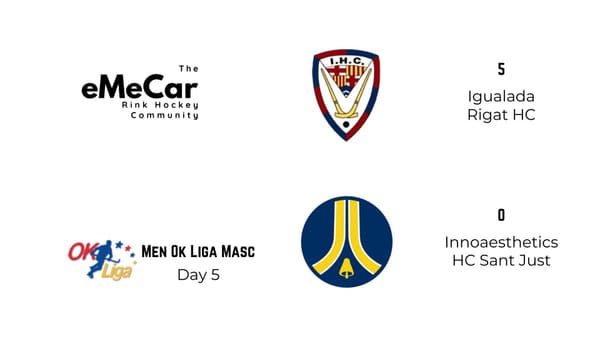On Observation, Awareness and Reaction
Charapter III
Human reaction times can only be so fast, the human limit can be felt and brute force cannot surpass it. So then the key to surpassing this limit is not in simply reacting faster, it is to be found in observing the things you intend to react to. Not just the surface level aspects of your opponents, you must see the tells beyond.
How a player will shoot is not just in the ball, it is in the tilt of their stick and the balance of their weight, it is in there they look and where they do not.
How a player will dribble is the same in having tells. The tells may change player to player but will always exist and often have crossover. All players must shift their weight to change direction and feints are about selling that they really have shifted their weight.
Reacting is always easier when you know the full range of the opponent’s options, observe what your opponent does, know their habits and preferences, with these you can take the initiative from them. The less versatile your opponent the more simple this task becomes.
If you know your opponent is weak on their backhand you know they will want to play on their forehand. So the opponent already narrows their options in their own and you can block what they will try before they even get a chance to try it, reducing those options further.
Taking the initiative bridges the gap in our human reaction limits, reacting is still needed but the fewer things you need to consider by reducing the opponent’s options, the more quickly and accurately you can react and the less you will need to react.
Playing without thinking has clear limits, skills are important but their impact is greatly reduced without thought to temper them.



